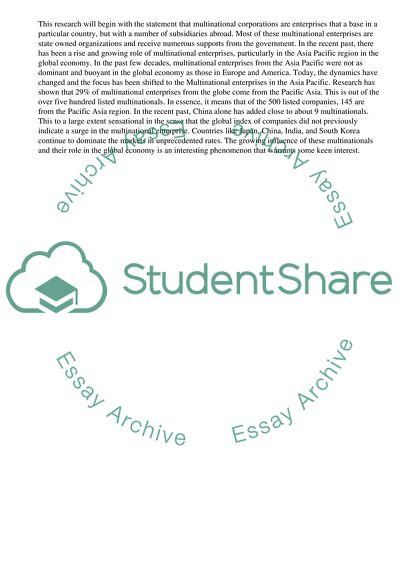Cite this document
(“Multinational enterprises from the Asia Pacific in the global economy Essay”, n.d.)
Multinational enterprises from the Asia Pacific in the global economy Essay. Retrieved from https://studentshare.org/management/1635045-how-can-we-account-for-the-rise-and-growing-role-of-multinational-enterprises-from-the-asia-pacific-in-the-global-economy
Multinational enterprises from the Asia Pacific in the global economy Essay. Retrieved from https://studentshare.org/management/1635045-how-can-we-account-for-the-rise-and-growing-role-of-multinational-enterprises-from-the-asia-pacific-in-the-global-economy
(Multinational Enterprises from the Asia Pacific in the Global Economy Essay)
Multinational Enterprises from the Asia Pacific in the Global Economy Essay. https://studentshare.org/management/1635045-how-can-we-account-for-the-rise-and-growing-role-of-multinational-enterprises-from-the-asia-pacific-in-the-global-economy.
Multinational Enterprises from the Asia Pacific in the Global Economy Essay. https://studentshare.org/management/1635045-how-can-we-account-for-the-rise-and-growing-role-of-multinational-enterprises-from-the-asia-pacific-in-the-global-economy.
“Multinational Enterprises from the Asia Pacific in the Global Economy Essay”, n.d. https://studentshare.org/management/1635045-how-can-we-account-for-the-rise-and-growing-role-of-multinational-enterprises-from-the-asia-pacific-in-the-global-economy.


